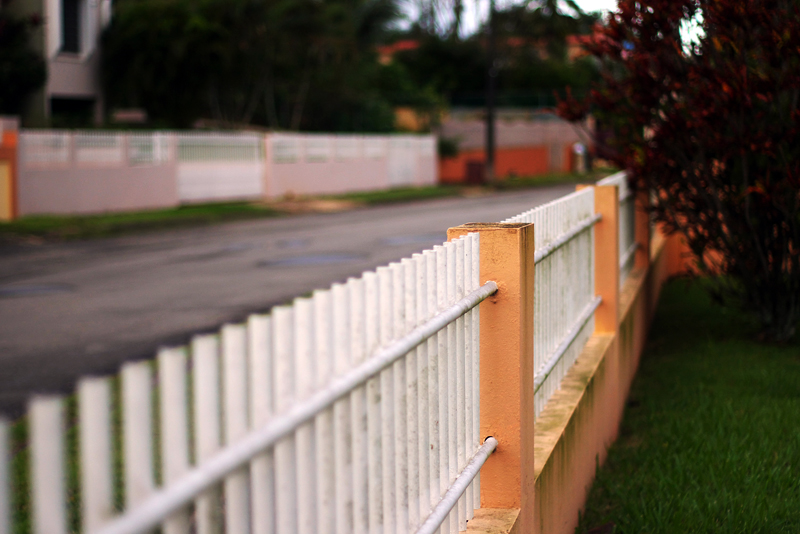Thank you all for taking the time to explain this.
I wish I had access to a TC to test it but in the meantime, let me take some baby steps here to ensure I'm on the right path.
- TC increases focal lenght.
Clear
- A 1.4X TC will affect exposure by 1 stop and a 2X by 2 stops. Math can be done for all other values.
Clear
DOF: I get the point that DOF depends not only on aperture but also focal lenght, distance, sensor size, mother in law's mood etc.
So changing the FL by itself is alredy affecting DOF. What I'm trying to deeply understand is how. (Can't help it. I'm an engineer and suffer from "overcomplicaditis")
I took these 2 images to illustrate DOF on a seminar a few months ago.
Same spot, same lens f2 vs f22
Let's use them as reference.


DOF is affected by a TC.
In the first picture, the DOF is small due to the larger aperture.
If I put a TC from the same spot, same lens and adjust shutter speed for proper exposure, but leave the lens at f2, I would obviouly see less of the image, just like cropping.
Now, would the DOF look the same as if I had crop this original picture to an equivalent size? or will I see more of the fence tubes in focus (bigger DOF) or less (smaller DOF) than in the first pic?
I think some of my confussion comes from the fact that if I'm effectively reducing the apertue (i.e f2.8 to f5.6) I expect a larger DOF but that doesn't seem the case.
I understand I'm trying to compare lemons to oranges but that's part of the fun.
Thanks,


 Similar Threads
Similar Threads 












 Post #4 by RioRico
Post #4 by RioRico








